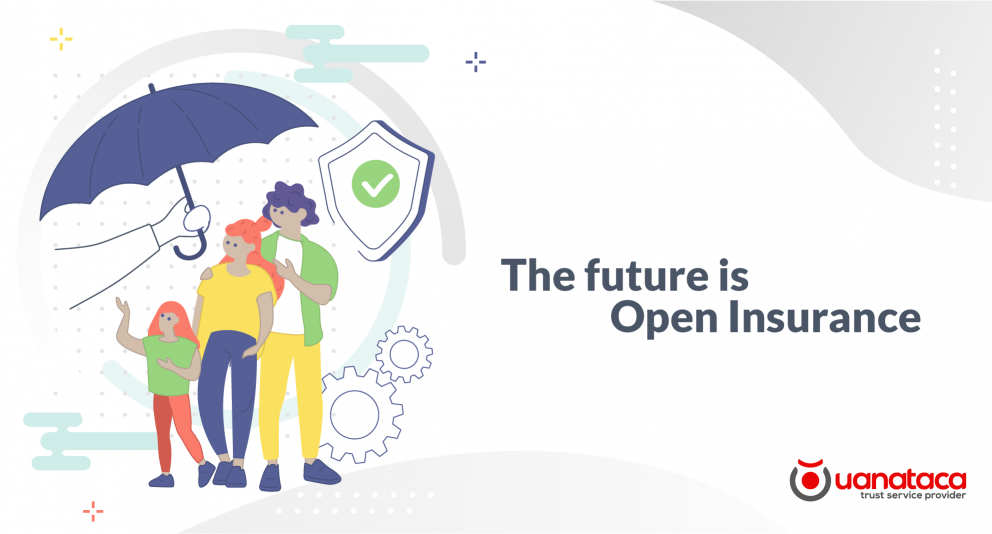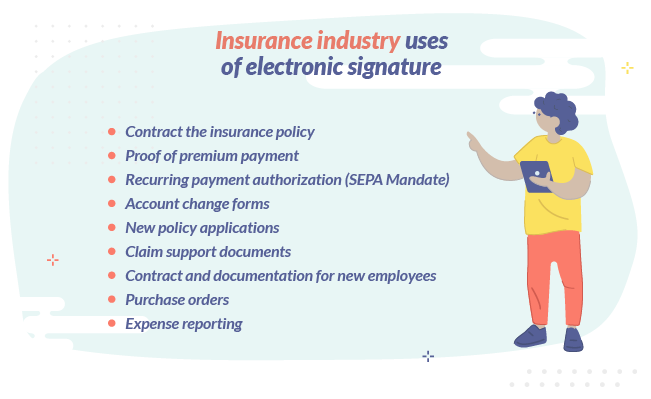
In the age of connectivity, data is a valuable asset in any industry. After the rise of open banking, the insurance industry has followed by adopting an open data model through open insurance.
Open insurance, although relatively recent, has rekindled the discussion about the future of the industry and the impact the new model will have on the market and consumers.
In this post we analyze the potential of open insurance, what risks it may bring with it for companies and users and the need for specific regulation to standardize processes.
Open insurance: advantages and risks of giving the customer control of their data
Open insurance is a new dynamic in terms of access to and use of user data, promoting a wider range of personalized and flexible products and services, lower prices and, above all, a more dynamic and innovative ecosystem.
The system is based on the exchange of user data with third parties through APIs (Application Programming Interfaces). However, for the exchange to be possible, companies will have to obtain the user's authorization for the use of their data.
Open insurance could be a great opportunity in a data-driven market. However, it also brings with it certain risks. In order to better understand the risks and benefits of open insurance systems, the European Insurance and Occupational Pensions Authority (EIOPA) has published a discussion paperexploring the full potential and also the challenges facing the new model.
Undoubtedly, as EIOPA acknowledges in its discussion paper, open insurance has innumerable advantages such as the opening up of the insurance market, improved risk assessment and enhanced preventive measures and fraud detection. The discussion paper also mentions the potential of open insurance to improve pricing practices and the ability to create tailored, more transparent and innovative products.
On the other hand, the opening up of insurance could be accompanied by certain risks that would mainly affect data, such as cyber-attacks, misuse of data or even an impact on the reputation of companies.
Regulationi: more specificity is needed in the creation and application of procedures
With the development of open insurance, some questions have started to arise in the insurance market regarding the sharing and use of data. Will the customer have full power over the use of their data? Are there specific regulations for the standardization and creation of APIs? Can the customer withdraw consent to the use of their data or demand data portability if they change insurer?
While it is true that existing regulations, such as the Insurance Distribution Directive, Solvency II and GDPR (General Data Protection Regulation) are already being combined with the new regulations being worked on, such as the fifth and sixth EU Anti-Money Laundering Directives (AMLD5 and AMLD6), the European Union is pushing for the creation of the foundations of a regulatory framework for open insurance in the short-medium term.
Although this approach is widely used in the Fintech field, as the open insurance model evolves, it is more important to have regulatory sandboxes, i.e., a controlled environment under the supervision of a regulator that allows live experiments on new products or services.
In addition to the regulatory base, it is important to establish a specific regulation on the creation of APIs, and guidance and support for their creation is necessary. In some countries, such as Brazil, Susep, as the regulatory body for innovation, has published a manual with the principles that APIs must follow, with the aim of providing a good user experience, being consumed in different languages and platforms and offering security. Since many developers will have access to the applications, it is necessary to establish specific regulations in all countries to standardize the creation of APIs.

Although this approach is widely used in the Fintech field, as the open insurance model evolves, it is more important to have regulatory sandboxes, i.e., a controlled environment under the supervision of a regulator that allows live experiments on new products or services.
In addition to the regulatory base, it is important to establish a specific regulation on the creation of APIs, and guidance and support for their creation is necessary. In some countries, such as Brazil, Susep, as the regulatory body for innovation, has published a manual with the principles that APIs must follow, with the aim of providing a good user experience, being consumed in different languages and platforms and offering security. Since many developers will have access to the applications, it is necessary to establish specific regulations in all countries to standardize the creation of APIs.
What are the advantages of using electronic signatures in the insurance sector?
Technology is a key factor in open insurance and its use will make it possible to explore the full potential of the data-driven approach.
In addition to the importance of applying technology to data sharing, the open insurance model goes further, generating new technology-based business models. For example, processes such as the signing of contracts and other documents are digitized, with greater efficiency and a better customer experience.
Today, the ways of consuming products and services in the insurance market have changed. Customers now prefer online purchasing channels, where they can complete the purchase in a short time.
 A 100% digital insurance sales and policy management experience is possible with the electronic signature
A 100% digital insurance sales and policy management experience is possible with the electronic signatureWhat happens in insurance companies after implementing electronic signatures?
- Sales increase ⬆️: a bad experience in the purchase process is usually one of the main reasons why a customer abandons the purchase. The electronic signature allows the signature process to be completed in minutes, significantly reducing the percentage of customer abandonment and increasing sales.
- The signing of insurance policies is simplified 👨🏻💻: Uanataca has designed Firma One-Shot, a solution for your customers to sign the insurance policy contract online and with the maximum guarantees of the signature with digital certificate without the need for them to already have one.
- Business processes are accelerated 🤝: with the use of the electronic signature, the signing of documents is completed in minutes instead of days. Even if the signed document has an error and it is necessary to repeat the signature, the process will be instantaneous again.
In short, open insurance raises many questions and challenges, but it is also an opportunity to connect to the ecosystem and to explore new use cases within the framework of sandboxes, creating new and more attractive offers for consumers.
At the same time, the use of technology and tools such as electronic signatures will make it possible to develop more innovative and digital business models.
